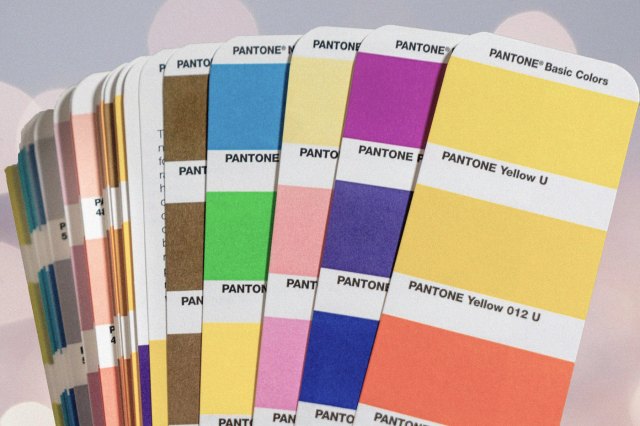A Brief History of the Pantone Color of the Year
In 1962, Lawrence Herbert founded Pantone to solve a problem he noticed while working at a commercial printing company: There was no standard language to describe different shades of color. The printer he worked for specialized in color charts for the cosmetics and fashion industries, but there was no easy way to match the specific hues that designers needed. For instance, the printer created color swatches for customers to use to match their skin tones with pantyhose, yet ink manufacturers defined shades such as beige and cream differently. Recognizing the need for a universal language of color, Herbert set out to create a graphic standards system that could be used for color matching worldwide.

The Pantone Matching System Is Born
Herbert drew on his chemistry background to hand-mix his own combinations of color tones, developing a series of shades that were each given a unique name — descriptors such as “Greenery” or “Tangerine Tango” — and a number (15-4020, 19-1664, and so on). The result was the Pantone Matching System, which was presented as a book of swatches that fanned out to showcase a rainbow of standardized colors. A name and number combination would consistently yield the same results because each color tone contained an exact ink formula. By the 1970s, Pantone had sold more than 100,000 swatch books and expanded into the industrial, plastics, and fashion markets. The Pantone process was digitized in the 1980s, and the Pantone Color Institute was founded in 1986 to educate designers about color, the way it’s described, and, in more recent years, the psychology that helps determine the Pantone Color of the Year.


















